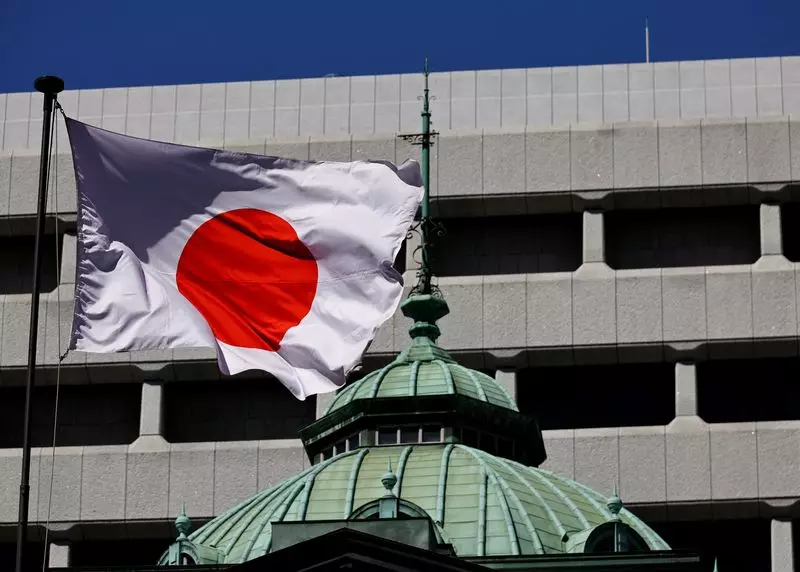The Bank of Japan (BOJ) is currently navigating a complex landscape of economic uncertainty and market volatility, reflected in the divergent opinions among its policymakers regarding the timing of potential interest rate hikes. Recent discussions from their October meeting highlight the delicate balance the BOJ must maintain as it evaluates the potential repercussions of external factors, particularly the ongoing shifts in the U.S. economy and the upcoming presidential election. With heightened caution apparent in the central bank’s strategy, many members voiced concerns about the risks associated with abrupt shifts in monetary policy, especially in the wake of speculative market behaviors tied to the election outcomes.
The anticipation surrounding the U.S. presidential election plays a crucial role in shaping global market dynamics. Some BOJ board members emphasized that the central bank’s strategy should focus on the larger economic implications stemming from market movements. This perspective underscores a relevant point: Japan’s economy is intertwined with global financial markets, making it imperative for the BOJ to maintain a vigilant watch over developments in the U.S. As the election approached, speculation was rife, leading to a sense of unrest that could easily translate into unpredictable market conditions—a risk that the BOJ cannot afford to overlook.
The period following the election of Donald Trump as U.S. president ushered in both exuberance and caution in global financial markets. A positive response was observed, with stock markets rallying and the dollar strengthening. However, such movements also prompted concerns regarding potential market volatility, especially should Trump implement his contentious policies, such as increased tariffs. Such measures could spark inflationary pressures, complicating the Federal Reserve’s trajectory concerning interest rate adjustments.
In this context, the BOJ has indicated an awareness of these global currents while grappling with its own internal economic dynamics. Despite perceptions that the risk of the U.S. economy suffering a hard landing is easing, some board members argued for a slow, methodical approach to rate hikes. The notion of maintaining ultra-low interest rates remains a tenet of the BOJ’s strategy, as several members believe that a hasty exit from supportive monetary policies could provoke market turmoil and unbalance Japan’s path toward reducing its extensive stimulus measures.
Japan’s ongoing struggle with a depreciating yen brings additional challenges to the forefront of the BOJ’s decision-making process. The weak yen, which diminishes the purchasing power of Japanese households and businesses by inflating the costs of imported goods, has elicited concern from BOJ officials. Rising costs due to currency fluctuations could ultimately stifle consumer confidence and impede recovery prospects for the Japanese economy.
In light of these concerns, the BOJ must assess the practicality of tightening monetary policy as rate hikes could exacerbate the difficulties faced by households and small businesses already grappling with increased import costs. The delicate balancing act of fostering economic stability while navigating the potential ramifications of a stronger currency reflects the central bank’s mandate to align its policies with longer-term economic objectives.
Looking forward, it is evident that communication will be key for the BOJ as it endeavors to articulate its policy intentions and foster continued confidence in Japan’s economic recovery. Some board members echo the sentiment that issuing clear signals about future rate hikes could enhance market predictability, ensuring that stakeholders are well-informed as economic conditions evolve.
Moreover, as the BOJ weighs its stance on interest rates, maintaining a close eye on inflationary pressures will be vital. The experiences of the past have shown that misjudged policy reactions can lead to protracted economic challenges. For the BOJ, exercising caution while embracing opportunities for gradual tightening will likely remain a cornerstone of their monetary strategy.
The BOJ faces a multifaceted challenge as it contemplates the implications of external events on its domestic economic framework. While low-interest rates have provided essential support, the nuances of the global economic environment necessitate a careful and calculated approach moving forward. The road ahead is fraught with uncertainty, but the commitment to proactive policymaking can help pave the way toward sustainable economic stability.

